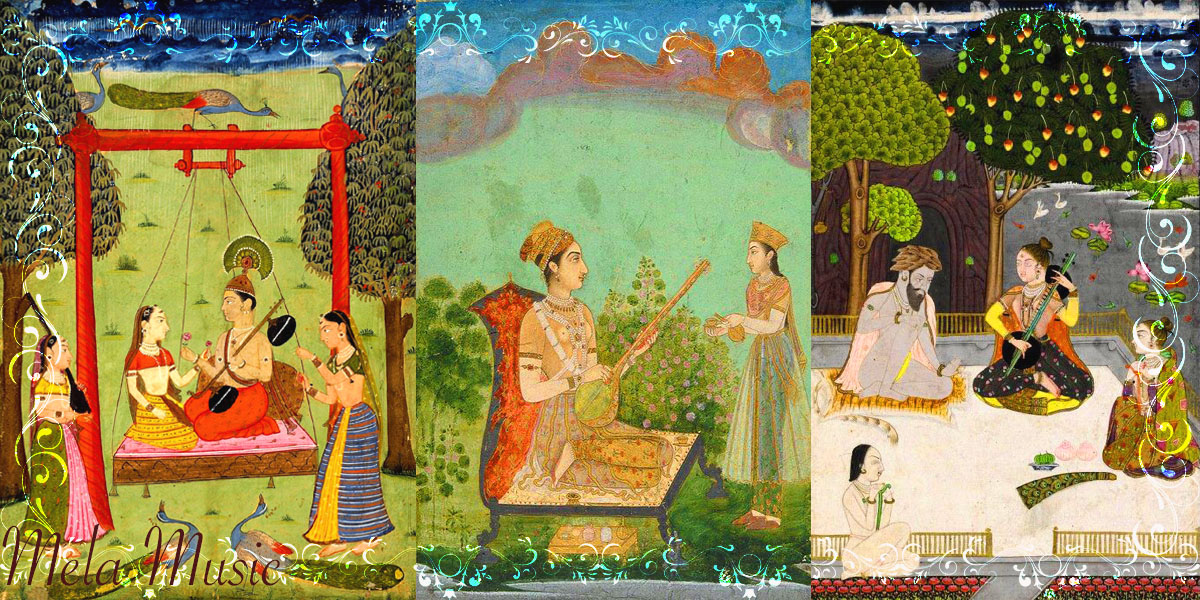
Raga Ahir Bhairav is a raga that does not fall into the 10 thaats classified by Bhatkhande. Although some maintain that this raga belongs to the Bhairav thaat. However, it is always played early morning around between 6am and 9am.
Ahir Bhairav is believed to have originated from the folk music of the Ahir community, who were cattle herders and farmers in the Indian state of Uttar Pradesh. The raga has been popularized and developed by many legendary musicians such as Ustad Bade Ghulam Ali Khan, Pandit Bhimsen Joshi, Ustad Amir Khan, and Pandit Jasraj, to name a few.
Ahir Bhairav is known for its contemplative and introspective mood. The raga is often performed in a slow tempo, which allows the performer to explore the various nuances of the raga. The use of the lower and middle octaves of the scale gives the raga a deep and sonorous character, and the use of the Komal Gandhar and Dhaivat brings a melancholic quality to the raga.
The mood of Ahir Bhairav is often described as serious and devotional. It is often used in the performance of bhajans (Hindu devotional songs) and is believed to invoke feelings of devotion and spiritual connection. The raga is also used in thumri and dadra genres of music, which are known for their romantic and poetic lyrics.
In conclusion, Raga Ahir Bhairav is a popular and deeply emotional raga that has been loved by musicians and listeners for many years. Its unique blend of notes and character has made it a favorite among performers, and its mood of devotion and introspection has made it a staple in the repertoire of Hindustani classical music.
